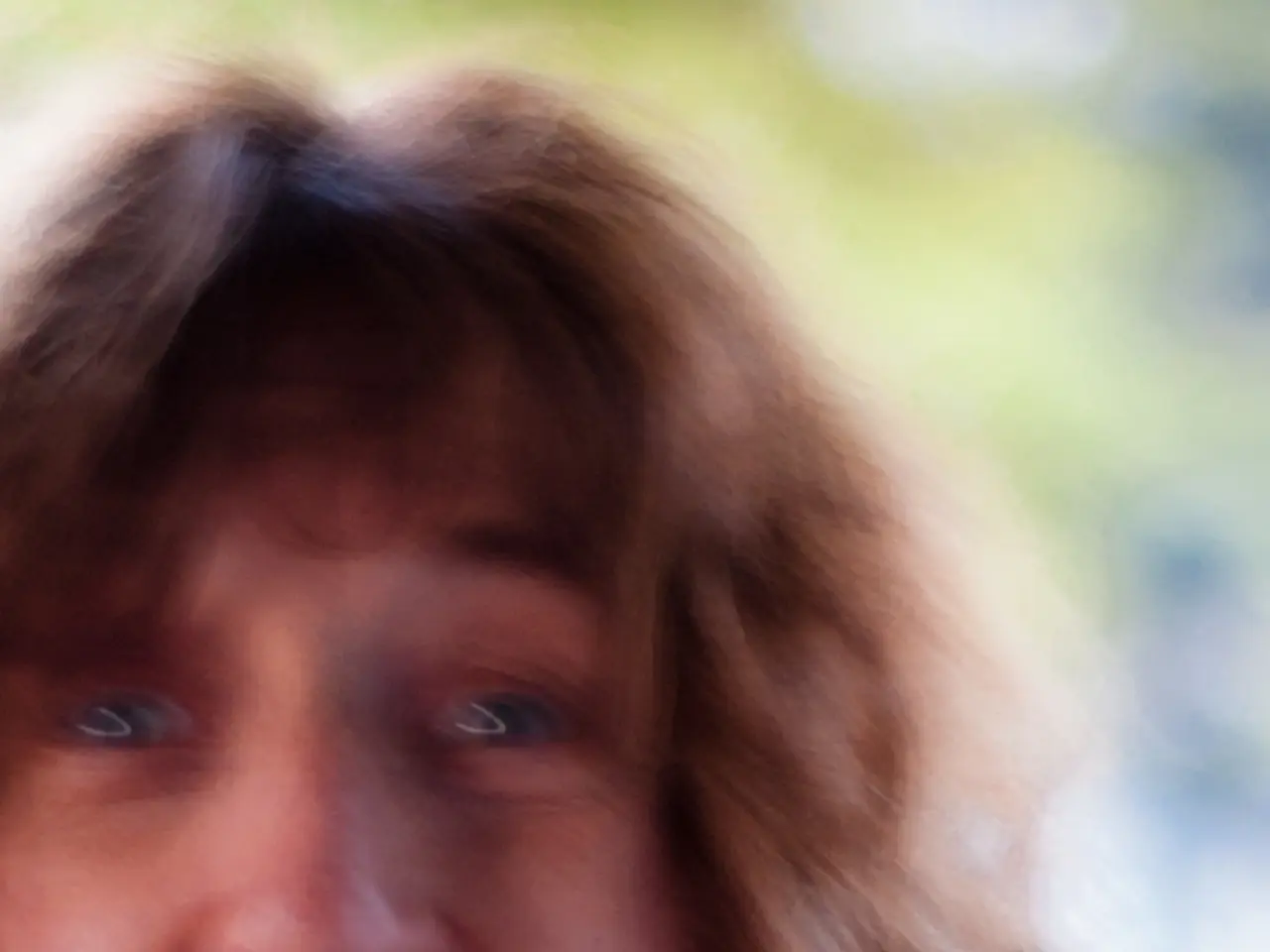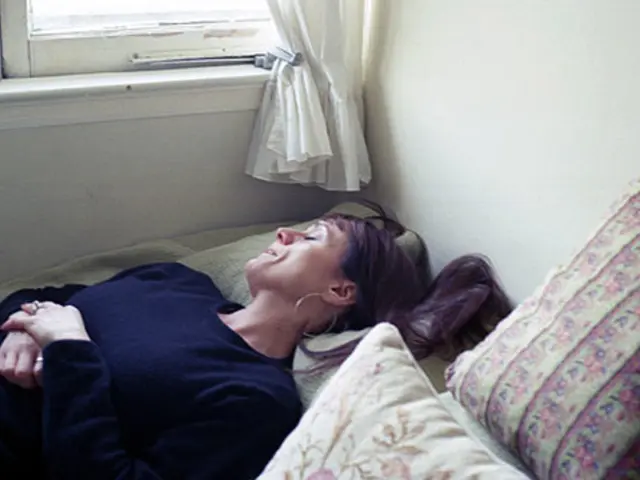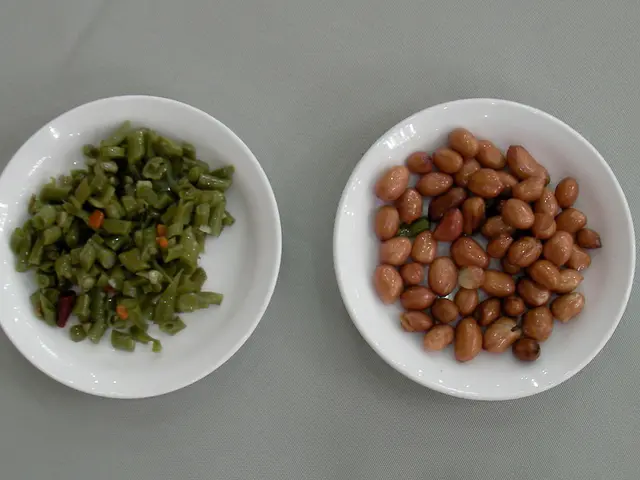Rehabilitation of Sight Recovery Post-Stroke
A groundbreaking visual training technology, developed by researchers at the University of Rochester Medical Center's Flaum Eye Institute, is set to revolutionize the lives of those who have suffered vision loss due to damage to the visual cortex as a result of stroke.
Led by Krystel Huxlin, Ph.D., director of Research, and James V. Aquavella, M.D., Professor of Ophthalmology at the Flaum Eye Institute, the study provides the first evidence that visual training can recover basic vision in cortically blind patients with long-standing stroke damage in the primary visual cortex.
The study, published in the journal Neurology®, challenges the belief that patients' visual deficits stabilize six months after their stroke, with no hope of recovery. This new research, conducted in collaboration with the University of Pittsburgh Medical Center and Bascom Palmer Eye Institute, has been sponsored by EnVision LLC for a clinical trial.
The visual training developed by Huxlin's team creates personalized software programs that flash small circles of striped patterns or moving dots in the patient's blind field. Over time, patients begin to sense, and then actually see enough of the patterns and dots to answer correctly 80 percent of the time, which is on par with participants who have normal vision.
One patient reported the return of normal appearance of faces and objects, while several others were able to resume driving after undergoing Huxlin's visual training and driver rehabilitation. However, the gains in vision were hard for the patients to put into words, as their blind fields shrank due to the training.
Huxlin estimates that any patient, regardless of age, blind field size, or time since stroke, could see meaningful improvements in vision in about three months with regular training. The team is studying how blind field maps change over time after stroke to verify the finding in a larger group of patients.
While the exact quantitative effectiveness of Huxlin's training is not yet fully understood, the research focus on the neural mechanisms of visual recovery after stroke indicates that this training addresses fundamental neural processes underpinning vision restoration after cortical injury. The study also found that visual deficits of some cortically blind patients worsened without visual training.
The hope is to refine training methods to improve vision further. The potential benefits of this technology are significant, as somewhere between 250,000 and 500,000 people suffer vision loss due to damage to the visual cortex each year. If successful, the University of Rochester may benefit from royalties from the commercialization of this technology.
This promising area of research is considered a breakthrough in the field of neuroscience and ophthalmology, as stroke-induced visual cortex damage often leads to partial blindness or visual field deficits. The complexity of recovery in brain-based visual impairments requires specialized training like Huxlin’s to facilitate meaningful visual improvements after cortical damage.
The team's work is a testament to the power of targeted therapies that tap into the brain’s plasticity after strokes affecting vision regions. The research provides hope for those who have lost their vision due to stroke, offering a potential pathway to recovery and a brighter future.
[1] Huxlin, K., et al. (2022). Visual training promotes neural plasticity and visual recovery in cortically blind patients with stroke. Neurology®. [2] Huxlin, K., et al. (2021). Neural mechanisms of visual recovery after stroke: a review. Journal of Neuroscience Research.
- This groundbreaking visual training technology, developed for patients with vision loss due to neurological disorders like stroke, could potentially revolutionize health-and-wellness and mental-health sectors, offering therapies-and-treatments for those who have lost their sight.
- CBD, a popular wellness supplement, may not directly aid in vision recovery, but proper nutrition plays a crucial role in overall health, including brain function and mental health, which may indirectly affect the effectiveness of visual therapies.
- Fitness-and-exercise, while not directly linked to vision recovery, can boost overall health and well-being, potentially enhancing the outcome of visual training sessions for stroke patients.
- Medical-conditions such as neurological disorders, like stroke, may cause damage to the visual cortex, but this new research provides evidence that visual training can stimulate neural plasticity, leading to the recovery of basic vision for patients with long-standing stroke damage in the primary visual cortex.





